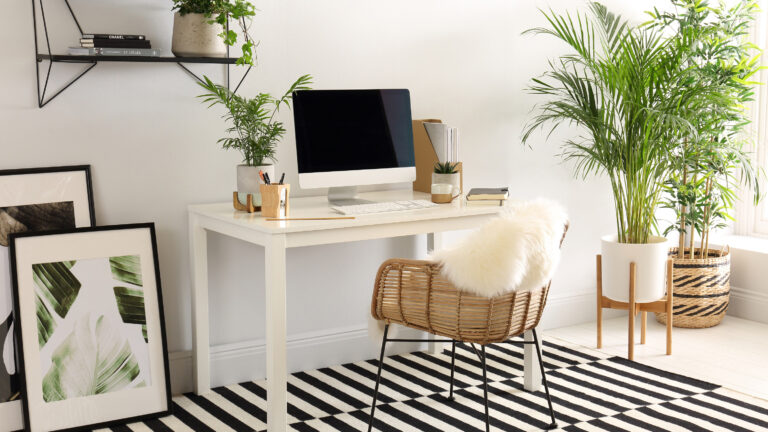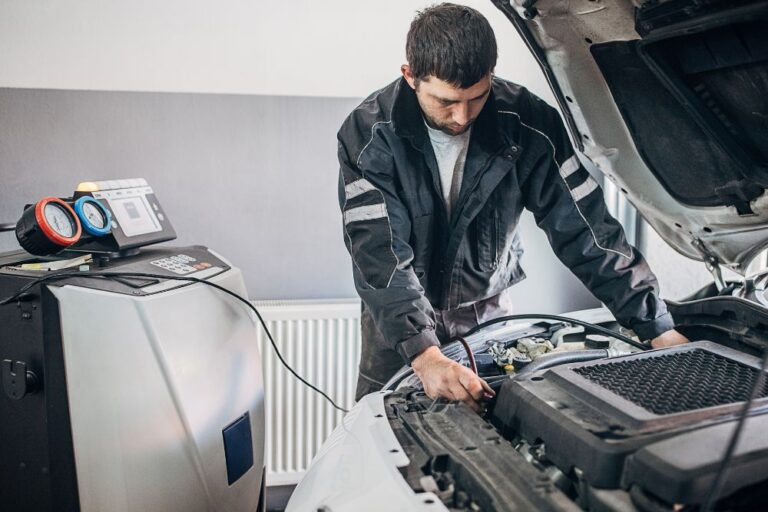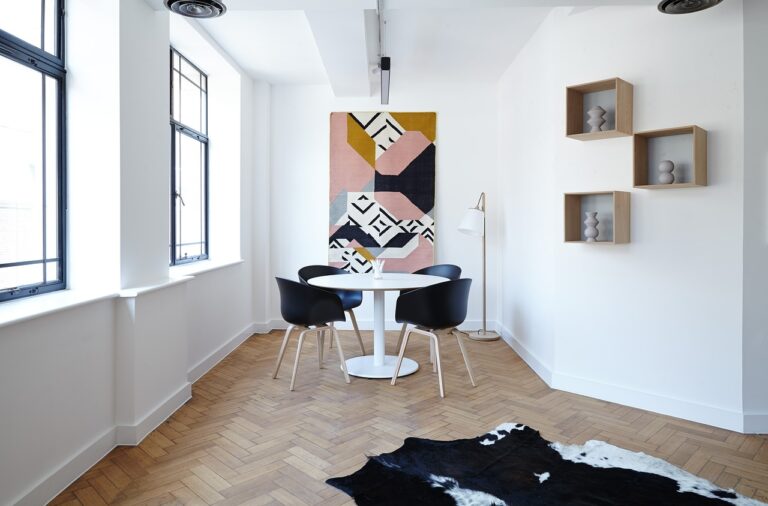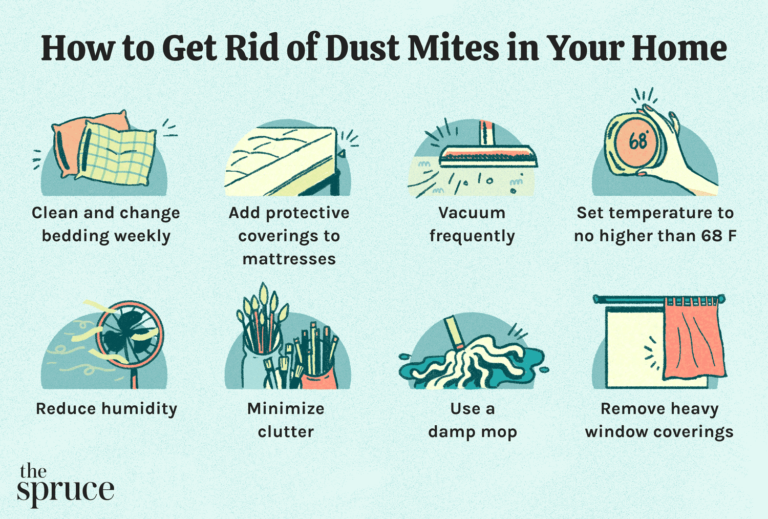How Do I Pick The Right Indoor Plant?
The right indoor plants can bring beauty, color, and freshness into your home. However, there are so many types of plants that it can be difficult to know what kind will work best for your living space. Before purchasing an indoor plant, it is important to consider factors such as the amount of light, humidity, and temperature in your home, as well as the type of care each plant needs. Additionally, you will want to think about the size of the plant, and if it will fit within your space. With a little research, you can find the perfect indoor plant to bring a little bit of nature into your home.
Assessing Your Home Environment
When selecting an indoor plant for your home, it is important to assess your environment carefully. Factors such as lighting, temperature, and humidity levels should all be taken into consideration when choosing the right plant. Additionally, you will need to consider the size and type of the plant. Some plants require more sunlight than others, while some can thrive in lower light levels. Temperature and humidity can also affect a plant’s growth and health. If you live in a dry climate, then you will need to make sure you select a plant that can tolerate a lower humidity level. Furthermore, depending on the area of your home, you may need to find a plant that is more compact and doesn’t require too much space. By understanding your home’s environment and selecting the right plant for it, you can create a beautiful and vibrant indoor oasis.
Understanding Plant Requirements
When deciding on what indoor plants to purchase, it’s important to understand the individual needs of each species. Different plants require different levels of sunlight, water, and soil type in order to flourish. In order to pick the right indoor plant for your home, you must first determine the amount of space, light, and humidity your chosen spot will provide.
For instance, plants that thrive in low-light environments, such as African violets, spider plants, and pothos, should be placed away from direct sunlight. On the other hand, cacti and succulents require more light and should be placed in a brighter spot. The soil type should also be taken into consideration, as certain plants are more adapted to certain types of soil.
Furthermore, you must also consider the water needs of the plant. Some plants, such as the snake plant, require very little water, whereas other plants, such as the peace lily, need more frequent watering. You should also consider the size of the plant and whether the room it will be placed in has enough space.
By understanding the individual requirements of each species and taking into consideration the amount of space, light, and humidity your chosen spot will provide, you will be able to select the appropriate indoor plant for your home.
Choosing the Right Plant for the Right Spot
Finding the right indoor plant for your home or office can be a challenge. It’s important to consider the environment, size, and light requirements of the plant when selecting the perfect fit. Before making a purchase, it’s important to determine what kind of environment and climate the plant will be living in, as some may require more light and humidity than others. It’s also important to consider the size of the plant, as some may not fit in certain areas, such as small apartments or offices. Finally, it’s important to ensure that the plant can survive in the environment it will be in, as some plants may not thrive in certain climates or living conditions. With these factors in mind, it’s easy to find the right indoor plant for your space.
Plant Maintenance
When it comes to selecting the right indoor plant, plant maintenance is an important factor to consider. Plant maintenance requires regular care and attention to ensure the health of the plant. Depending on the type of plant, this could include watering, fertilizing, pruning, and pest control. Proper lighting, humidity, temperature, and soil quality are also important factors to consider when maintaining plants indoors.
It is important to select plants that are easy to care for and require minimal maintenance. Succulents, ferns, and bromeliads are all low maintenance plants that are easy to care for and require minimal attention. Additionally, selecting plants that are native to the area and can thrive in the indoor environment is also important. Researching the specific needs of the plants and learning how to properly care for them is essential for successful indoor gardening.
The right indoor plant can bring life and beauty to any space, but it is important to select a plant that is suited for the environment and requires little maintenance. With some research and proper care, indoor plants can bring a unique charm and appeal to any home or office.
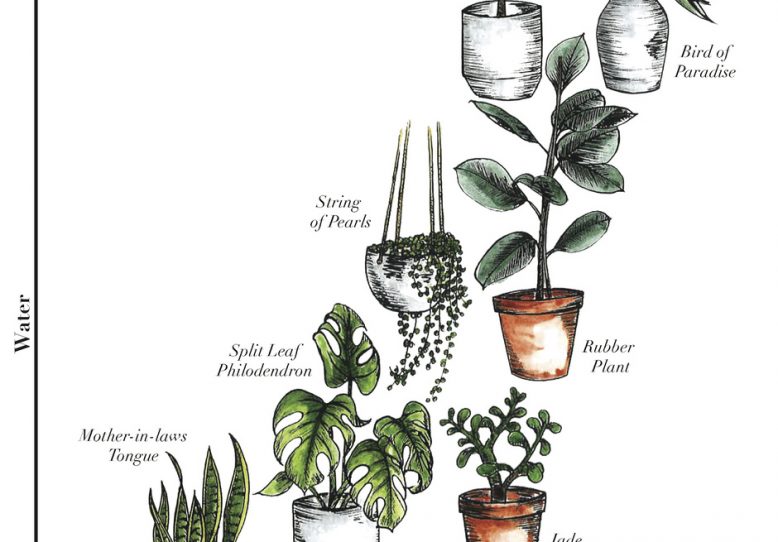
Dealing with Common Indoor Plant Pests
When it comes to picking the right indoor plant, it is important to know how to deal with common indoor plant pests. Plant pests can range from bugs and mites, to fungi and viruses. Taking the proper steps to prevent and treat pests can help protect your indoor plants from damage and keep them looking their best.
First, it is important to inspect your plants regularly to identify any pests that may be present. Common signs of pests include yellowing or wilting leaves, leaf spots, webbing, or molds. If you notice any of these signs, it is important to take action as soon as possible to prevent the spread of pests.
Second, it is important to properly care for your plants. Plant pests thrive in environments that are not properly maintained. Make sure to water your plants regularly, provide adequate light, and use organic fertilizers. Additionally, it is important to clean your plants to prevent pests from building up.
Finally, it is important to use natural pest control methods to deal with any pests that may be present. Natural pest control methods include using beneficial insects such as ladybugs, using insecticidal soaps, and introducing natural predators such as praying mantises. Additionally, it is important to use non-toxic chemicals and avoid using strong pesticides that may be harmful to your plants.
By taking the proper steps, you can ensure that your indoor plants stay healthy and free of pests. Regular inspection, proper care, and natural pest control methods can help you pick the right indoor plant and keep it looking its best.
Troubleshooting Tips
Selecting the right indoor plant can be a daunting task, especially if you’re a beginner. To make the process easier, here are some troubleshooting tips that will help you narrow down your choices.
1. Consider your home environment. Different plants thrive in different temperatures, light levels, and humidity levels. Understand your home’s environment and select plants that can survive and thrive in it.
2. Evaluate maintenance requirements. Different plants require different levels of care. Consider the amount of time and energy you are willing to commit to your plant before making a choice.
3. Research the plants. Learn about the plants you are considering and make sure they are safe for your home and family. Check for any allergies, toxicity, and other potential hazards.
4. Buy from a reputable source. Ensure you purchase from a reputable source that has good customer reviews. This will help ensure you get a healthy plant that is less likely to experience issues.
By following these tips, you can make an informed decision and select the right plant for your home. With the right plant, you can enjoy beautiful greenery and fresh air indoors.
Plant Combinations
Adding plants to your home or office can be a great way to bring a sense of life and energy to any space. A great way to decorate with plants is to create a beautiful combination of different plants that all complement each other. Before making any decisions, you should consider the size, lighting, and water needs of the plants you want to combine. You should also think about the aesthetic you’re trying to create and find plants that will look good together.
For example, if you want to create a modern look, you could combine a few succulents in a terrarium, or a low-light floor plant like a fig tree with a trailing vine like a philodendron. If you’re looking to add some color, you could combine a group of bright and colorful plants like calatheas, african violets, and begonias.
The possibilities are endless when it comes to combining plants. You can combine plants of different shapes, sizes, and colors to create a visually stimulating and unique space. You can also create a more subtle combination of plants by using plants that have a similar color palette. Whatever combination you choose, remember to consider each plant’s size, light, and water needs before you purchase. With careful planning, you can create a beautiful and unique plant combination that will breathe life into any space.
Supplies and Accessories
When it comes to growing an indoor plant, having the right supplies and accessories can make all the difference. Whether you’re a green thumb or just starting out, having the right tools and equipment can make the process much more enjoyable.
When selecting supplies, it’s important to consider the needs of your particular plant. Different plants require different soil types, watering schedules, and light intensities. Additionally, some plants require additional fertilizers and other additives to ensure they stay healthy and strong.
When it comes to accessories, there are a few key items that can help your indoor plants thrive. Plant stands and wall planters can provide your plants with more space and sunlight. Grow lights, such as LED lights, are great for providing additional light in dim areas. Humidifiers and air purifiers can also help your plants stay healthy and strong.
In addition to the above, it’s important to pay attention to other details, such as the size of the pot or planter and the type of drainage it has. Additionally, it’s important to make sure that the pot is deep enough for the roots of the plant to grow freely. Finally, don’t forget to check the labels on your potting soil and fertilizers to ensure they are compatible with your particular plant.
Overall, picking the right supplies and accessories for your indoor plants is essential for their health and growth. With the right supplies, tools, and equipment, you can create a thriving indoor garden that’s sure to be the envy of all your friends.
FAQs About the How Do I Pick The Right Indoor Plant?
1. What should I consider when selecting an indoor plant?
When selecting an indoor plant, you should consider the amount of sunlight the plant will receive, the type of soil the plant needs, the size and shape of the plant, the watering needs of the plant, and the temperature and humidity in the room.
2. What are some popular types of indoor plants?
Some popular types of indoor plants include pothos, spider plants, peace lilies, snake plants, dracaenas, and rubber plants.
3. How much care do indoor plants need?
The amount of care needed for an indoor plant will vary depending on the type of plant. Generally, most indoor plants will need regular watering, occasional pruning, and occasional fertilization.
Conclusion
Choosing the right indoor plant for your home or office can be a daunting task, but with a bit of research, you can easily find the perfect fit for your space. To get started, consider the type of light your space offers, the size of the area, and the level of maintenance you’re looking for. Once you have a better understanding of what types of plants will work best for you, research specific plants to find the one that will bring life to your space and help you create a healthier, more beautiful environment.

